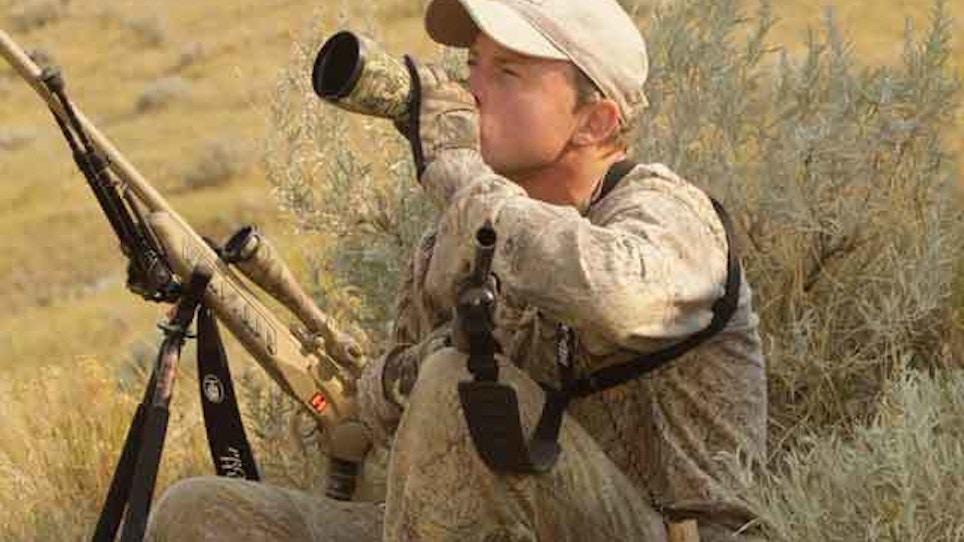In some centers of the country coyotes and cattle don’t battle. In others the two have a bittersweet relationship, especially in regions with an excessive density of the wild canines. Traditionally livestock producers time the arrival of new calves during the late winter months and the first few days of spring. That means young-of-the-year will begin appearing on the landscape with a favorable weather forecast aiding in survival. Cattle, sheep, hogs, goats and others all fit this category. But if a handful of renegade coyotes show up it could create a quick loss in the livestock-income department. You might just be able to become a coyote ranch hand this spring.
The miracle of livestock birth will lure in coyotes for miles around. The scent of afterbirth from large herds drifts on the wind and attracts coyotes looking for an easy meal after a long winter. Blood vessels make up the afterbirth membrane creating a hearty meal for the lucky coyote that finds it. At a large cattle or sheep operation there literally might be a dozen or more placentas hitting the ground in a 24-hour period during birthing season. Imagine yourself with free range to walk through a Cinnabon kitchen with free samples. That’s how a coyote feels in an afterbirth-rich environment.
The treats don’t end there. Coyotes also seek out the dung nursing calves and gobble it up whenever they frequent livestock pastures. They’ll also take advantage of a stillborn calf, new calf or young that has a mother with poor mothering skills. If they are successful it may embolden future attempts. That’s where you can help.
Any rancher or farmer who gives you permission to hunt in the winter months should be aware you will also help with any springtime, marauding coyotes. They may not be feeling a full attack on their herd, but your hunting pressure may just navigate any troublemakers elsewhere along with putting a few in the dirt.
Most landowners will likely not want you hunting directly amongst their calving herd. However, most will allow you to hunt the adjoining terrain in attempt to waylay pillaging coyotes. Any call will work when setting up in close proximity to livestock. Some of the more popular distress calls include rodent, and woodpecker, but don’t overlook coyote howls, canine squalls, piglets in distress and fawn vocalizations.
A simple howl tells other coyotes “I’m here,” but it also tells area coyotes an intruder may be crashing the afterbirth party. Coyotes have a wide range of howls, barks, yips and whines. For the most part, steer clear of barks, which represent a warning. Unless you are sure you are hunting an aggressive coyote, use a non-threatening howl with a taper at the end to tease.
Howl several times and then wait five minutes before commencing with other calls. I’ll often forsake distress calls in favor of another howl later in the setup. Be patient when using howls. I routinely wait 30 minutes and often sit tight for 45 minutes or longer waiting for coyotes to show in a protective gesture over their domain. Spring coyotes may be extraordinarily savvy, but livestock could be their kryptonite and a way to keep the gates open for your future predator hunts.






